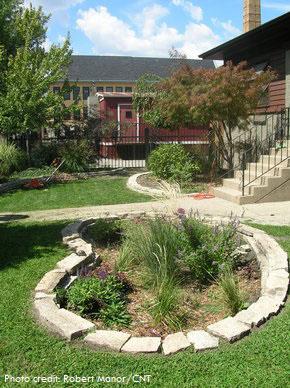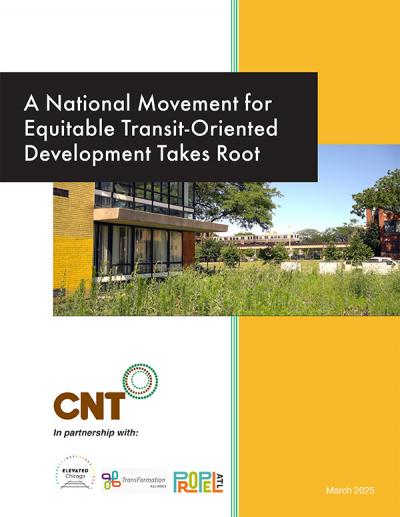Capturing Water
Capturing stormwater that runs off your yard or roof can reduce the risk that it is siphoned into your home or that of your neighbors. There are several options for doing this, such as rain gardens, swales, dry wells, french drains, and permeable paving. Nature-based improvements are also beautiful and attractive to wildlife.
Rain barrels and cisterns are also useful for capturing water that can be used to water plans. Because of their relatively small capacity, however, you may need to empty them after each rain event.
Plant and lawn care
Because of their large surface areas and meager ability to absorb water, conventional, single-species lawns act like impervious surfaces and are particularly poor for water management. Lawns are susceptible to drought, demand regular watering, contribute to flooding during rain events, and require fertilizers and herbicides that pollute rivers and streams.
Instead, use a variety of plants and grasses that are native to your area. Since they are better adapted to local climates, natives are better able to handle flooding and drought. In addition, native plant mixes are typically more attractive to wildlife, better at preventing soil erosion, and require less mowing, water, and weeding than traditional grass lawns.
In drought-prone areas, xeriscaping offers an alternative to conventional landscaping. Xeriscaping is landscaping and gardening that reduces or eliminates the need for supplemental water from irrigation. You can do this by limiting turf areas, irrigating efficiently, using mulches, and selecting native and zone-appropriate plants based on the regional climate.
Other solutions for your yard
There are several other ways to improve water management on your property.
- Re-grading land so that stormwater drains away from the property
- Removing blocks in natural drainage areas on and around the property (e.g., fences or sheds)
- Clearing gutters and disconnecting downspouts from municipal sewers to prevent backup
- Building walls and barriers to prevent water flowing to a low-entry point, such as a basement stairwell or patio door
Where properties are affected by flooding, subsidence, or erosion, it may be possible to elevate or fortress the home. In the most extreme circumstances, where property owners feel that their home is uninhabitable, a local government may be able to arrange to buy your property and convert it to wetland. This option can ultimately be less expensive to a municipality than trying to protect the property or neighborhood from future damage, and it also brings recreation and wildlife benefits to the community.
 Making Your Yard RainReady (PDF)
Making Your Yard RainReady (PDF)
An expanded version of the information on this page is available as a factsheet.
Contact our team
For more information about RainReady, contact Miriam Savad:
Miriam Savad
msavad@cnt.org





 Strengthening Transit Through Community Partnerships
Strengthening Transit Through Community Partnerships